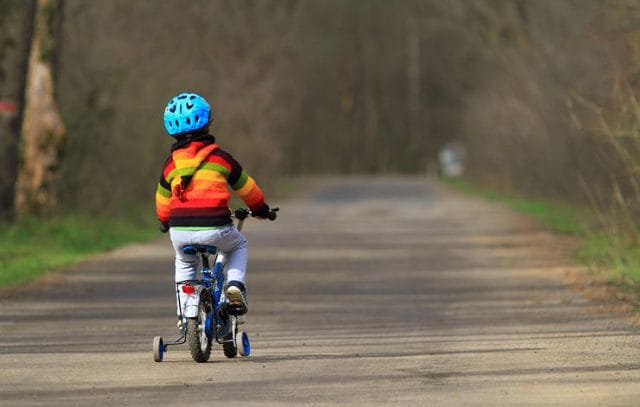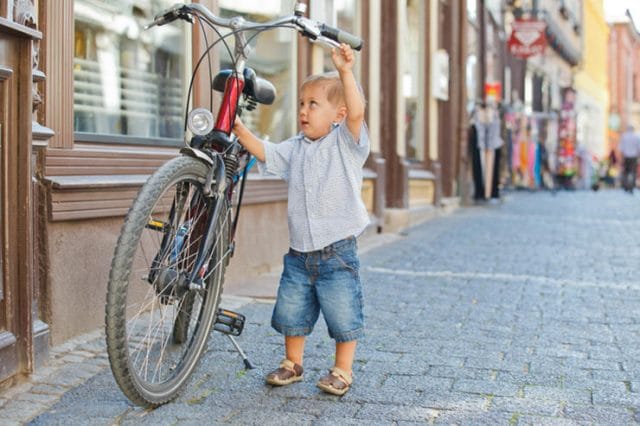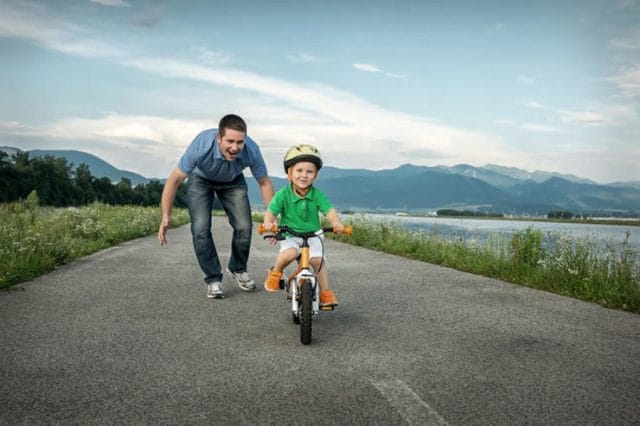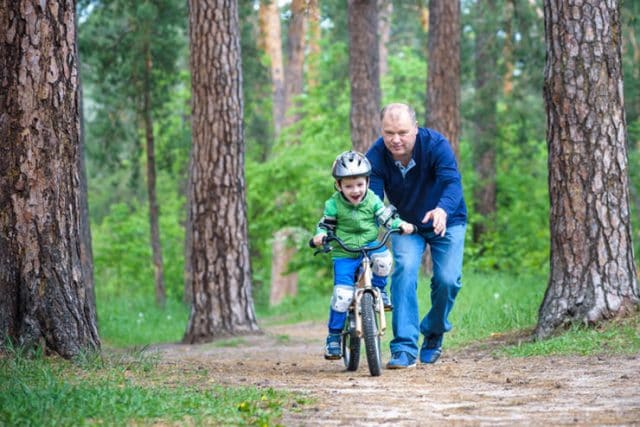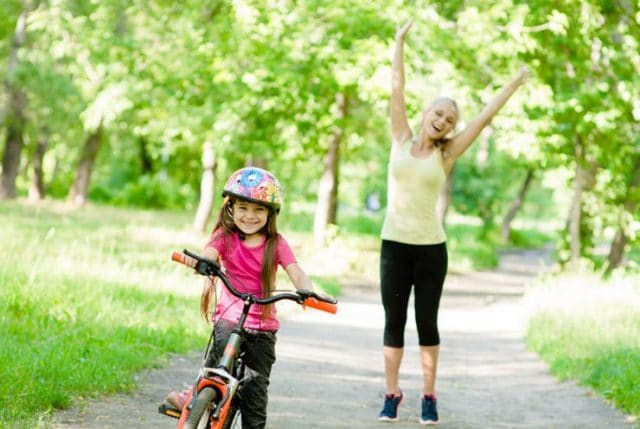Never Make These 7 Mistakes When Teaching Someone to Ride
Good intentions aren't enough. Help new riders pedal more confidently and safely by avoiding these major instructional errors.
Good intentions aren’t enough. Help new riders pedal more confidently and safely by avoiding these major instructional errors. – By Caitlin Giddings
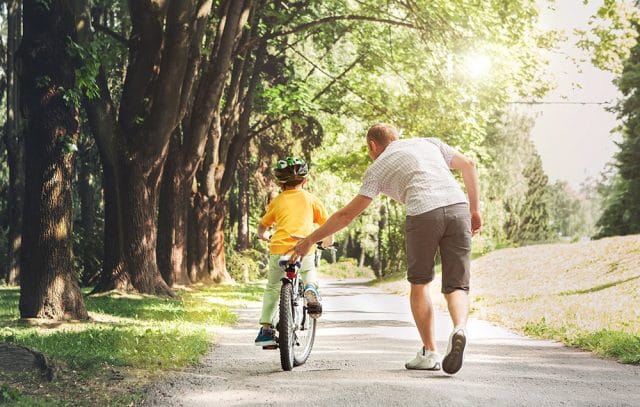
Here at Bicycling, we maintain there are few pursuits more noble than teaching someone to ride a bike, and those early instructors—teachers, parents, the kid next door—remain the unsung heroes of the everyday cycling world.
But as honorable as it is to give a child or adult the gift of two-wheeled independence, it’s not always easy to nail it the first time. After all, for most of us, learning to ride was something we did decades ago. We’ve since forgotten a lot of the emotions and challenges along the way, and that vulnerable feeling of trying to balance for a few pedal strokes.
Here are a few things to avoid when you’re trying to teach someone to love riding as much as you do.
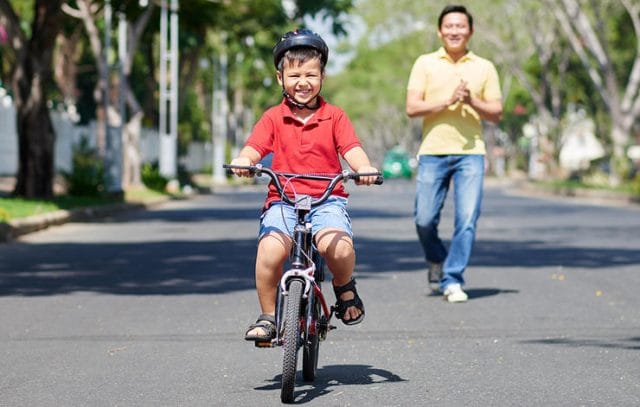
Start on the street
You want someone to feel completely at ease the first time they sit on a bike saddle, and unless you live in an empty cul-de-sac, the street will never be the place for that. Start your new rider in an empty parking lot, trail, or park.
READ MORE ON: Skills training programmes workouts


